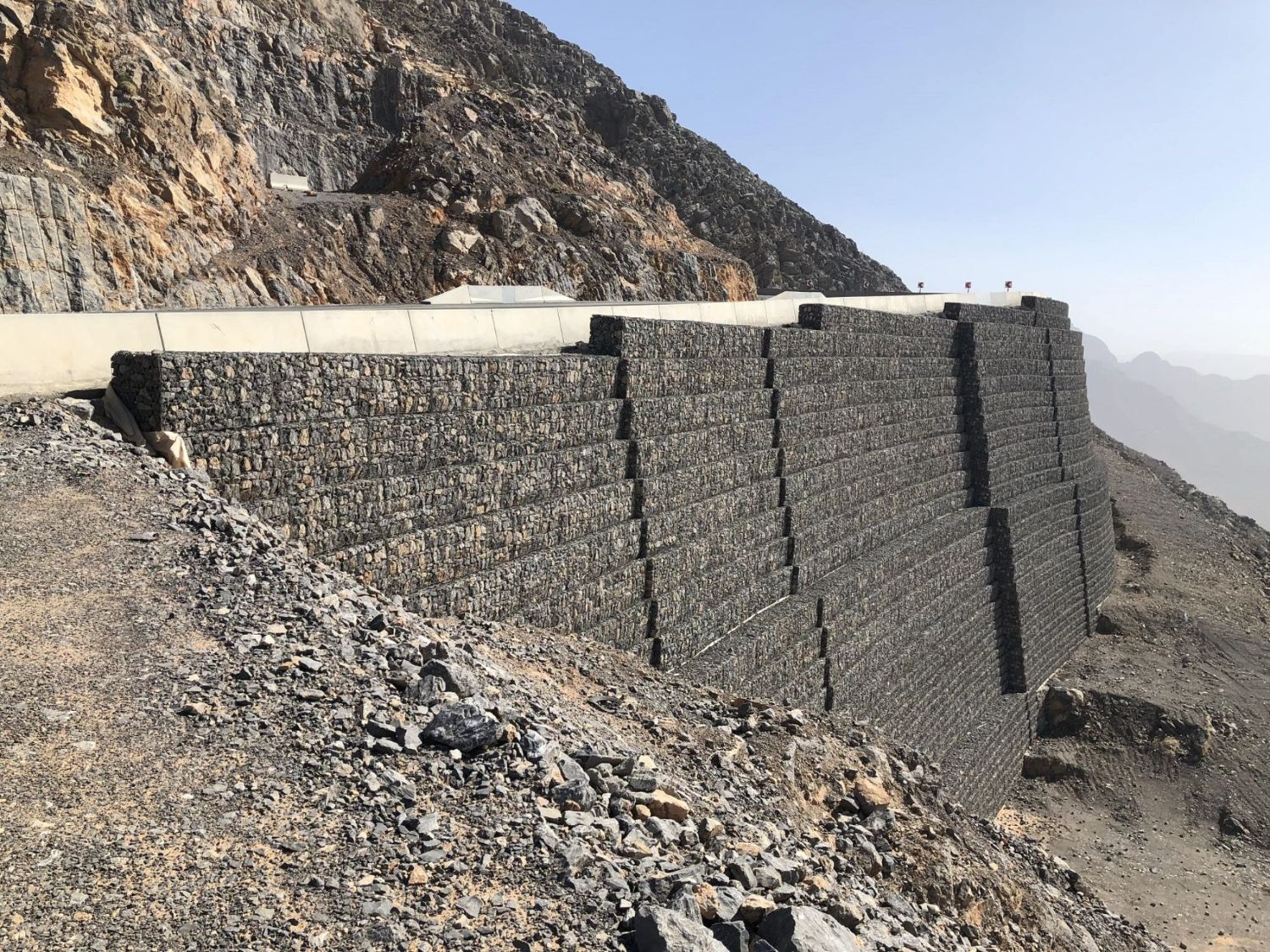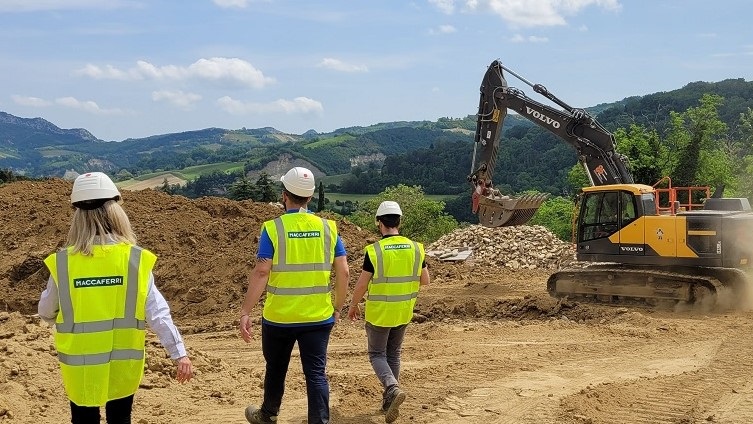Sub-grade Improvement
2024
CARMEN-TAGUM CITY, DAVAO DEL NORTE - REGION 11 - Philippines
DPWH – Regional Office XI
International Builders Corporation
DPWH
CARMEN-TAGUM CITY COASTAL ROAD
Problem
The Department of Public Works and Highways (DPWH) Carmen-Tagum City Coastal Road Project, currently under development, is faced with several critical challenges. This project aims to unlock the potential of aquaculture in Tagum City, Davao del Norte, by opening up 1,200 to 2,000 hectares of land for aquaculture production. Additionally, it seeks to provide an alternative route to Davao City by connecting to the existing Carmen and Panabo Coastal Roads, thus reducing congestion and improving transportation in the region.
However, the project’s proximity to sensitive wetlands presents a significant environmental concern. Ensuring minimal disruption to the environment while constructing the road and establishing the infrastructure required for aquaculture is vital. Furthermore, temporary access for heavy equipment, including trucks and machinery, poses logistical challenges that need to be addressed effectively to avoid delays and environmental damage.
Solution
Given the proximity to wetlands, the construction of a road capable of supporting significant wheel loads appeared unfeasible without the implementation of advanced ground improvement techniques. Maccaferri’s Mactex W2 60.05 PET-PP, a cutting-edge woven geotextile known for its ability to reinforce and stabilize weak soil substrates was used for the construction of a gravel road on soft soil.
This innovative solution delivered several key benefits. Firstly, it significantly improved the subgrade and soil conditions, providing a stable foundation for road construction and aquaculture infrastructure development. Secondly, it effectively mitigated environmental risks by minimizing soil disturbance and preserving the nearby wetlands. Lastly, it enhanced the safety and efficiency of access for trucks and heavy equipment, ensuring that construction progressed smoothly and on schedule.
The successful implementation of this solution not only addressed the complex challenges of this project but also served as a case history example of how innovative engineering and environmental considerations can go hand-in-hand to create sustainable infrastructure solutions.
Used Products

